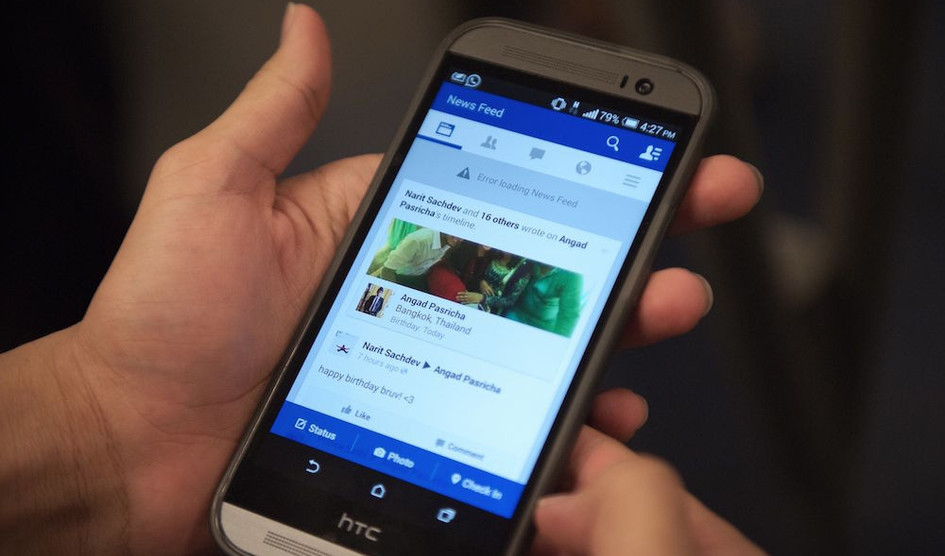Facebook officially announced on Wednesday that it is launching “offline mode” to view content on their News Feed for users with poor internet connection.
This allows the user to download data from you’re Facebook News Feed and view while you’re offline. This mode will be useful for people using 2G mobile data in developing countries to connect Facebook.
According to Facebook spokesperson said that,”Our mission with News Feed is to connect people with the stories that matter most to them, but if people’s News Feeds aren’t loading because of poor internet connections, we can’t show them the most relevant stories.”
“In the past, if you were on a poor internet connection or had no connection, you might need to wait for stories to load when you opened News Feed. We are now testing an update in which we look at all the previously downloaded stories present on your phone that you have not yet viewed, and rank them based on their relevance. We also factor in whether the images for the story are available.”

“These changes will help anyone who is on a poor internet connection — even those whose network connectivity is generally good but who have intermittent connections in places like subways and tunnels, or at large events. None of these changes affect News Feed ranking. We are simply showing you the most relevant content as efficiently as possible. We’ll be testing and rolling this out over time to gather feedback.”
With offline mode, you’ll be able to view whole News Feed on your device even if you had poor internet connection. You can also “comment”, “like” and “share” statues.


Comments
Post a Comment